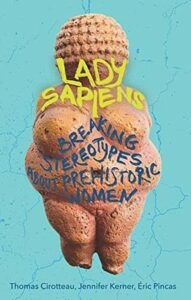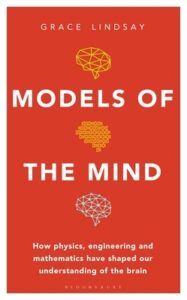 Blurb Your Enthusiasm, Louise Willder
Blurb Your Enthusiasm, Louise Willder
I didn’t find Blurb Your Enthusiasm hugely surprising or enlightening in the way it spoke about blurbs and the process of preparing books for publication. Back in high school, my favourite teacher told us to read everything and think about it in terms of the audience, the intent, what it was trying to do — and that’s always stuck with me. I don’t remember if he had us analysing blurbs, but we did look at various different kinds of copy, and as a result much of what Willder writes here sounds like common sense to me. It might be quite illuminating for others, but that’s hard to judge.
That said, I really enjoyed writing the book anyway. Writing something really short like a blurb requires crisp writing, with attention to sound and feel, and in the case of a blurb to very specific purposes as well; that practice has honed Willder’s own writing. She’s let herself get a little wordy here, but nonetheless, I could tell that she wrote attentively, choosing the right words.
The little mouse doodles are cute, too, and her writing is light and easy to read and sometimes funny — but mostly I was captured by the crisp feel of it, the way I wanted to hang on every word even when they weren’t at all surprising.









